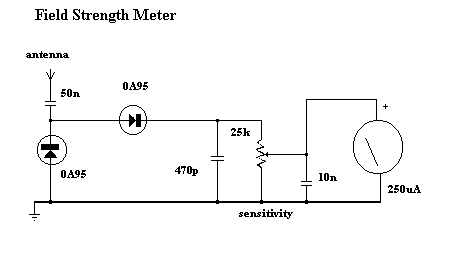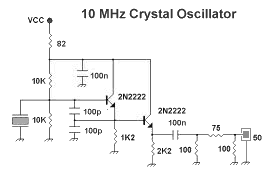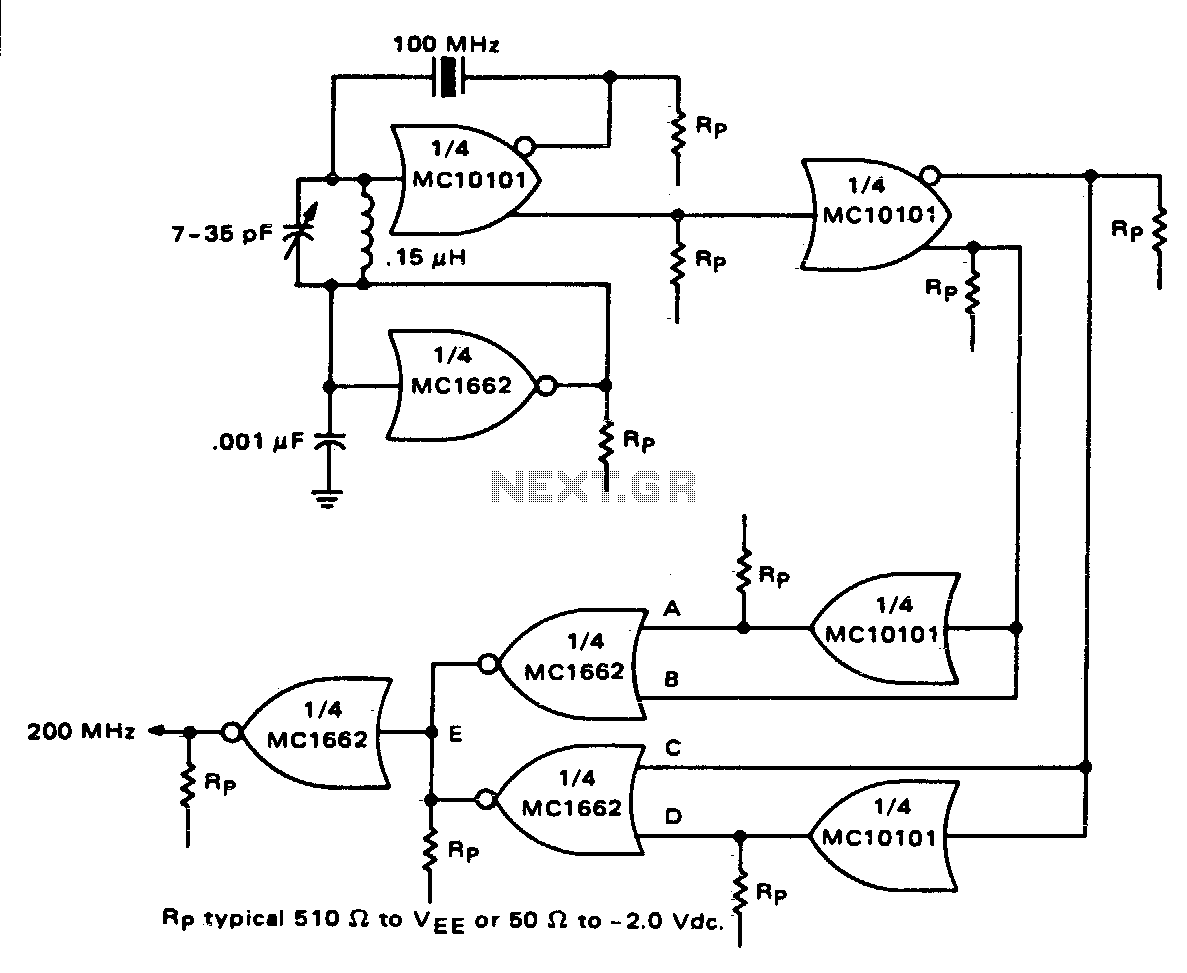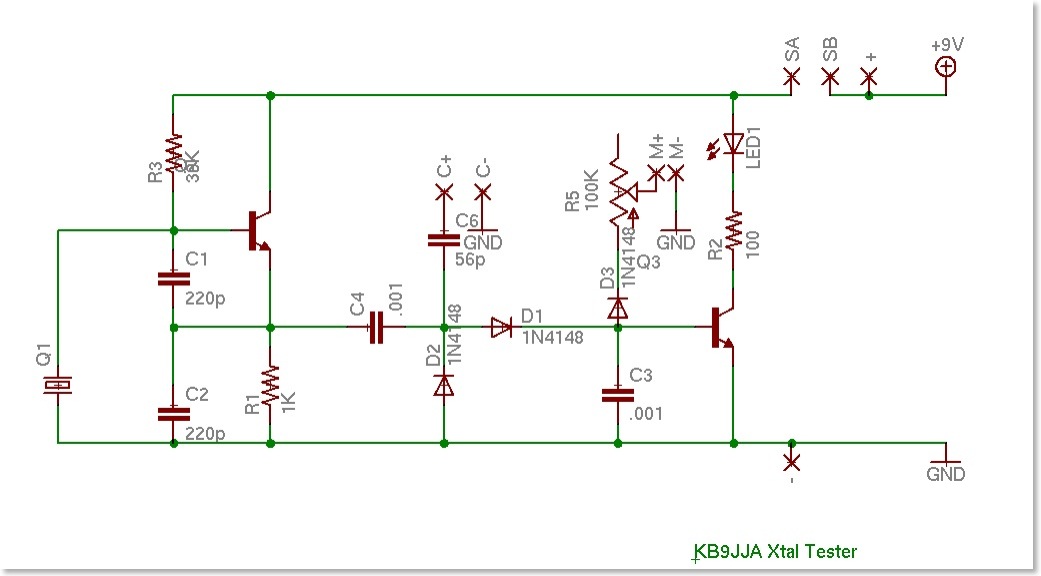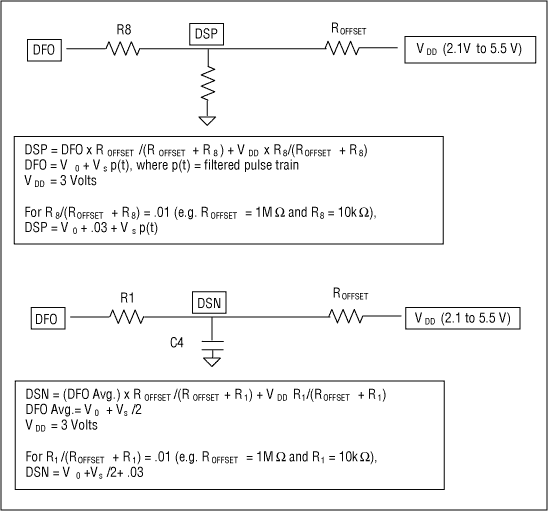
Diodes for crystal receivers
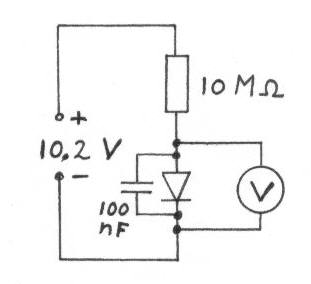
Diodes with a low voltage drop also exhibit a high reverse current (leakage current), which places a heavier load on the detector circuit, reducing the quality factor (Q) of the circuit and consequently lowering the voltage across the LC circuit. At lower input voltages, the diode incurs greater losses, and it is possible that, despite the reduced voltage drop of the diode, the voltage at the load resistor is diminished. The resistance (RD) of germanium diodes is typically low, making them suitable only for crystal receivers with low Q (low sensitivity and low selectivity). If the input voltage exceeds the voltage drop of the diode at 1 mA, the output voltage will be approximately proportional to the input voltage. In the square law region, the output voltage is significantly lower than the input voltage, resulting in considerable power loss between the input and output. Measurements of several Schottky diodes indicate that detection in the square law region occurs at input voltages below 200 mVpp. A table of various Schottky diodes is provided, detailing values for n, Is, RD, maximum reverse voltage, and diode capacitance at zero voltage. The capacitance between the diode connections can be substantial (e.g., 10 pF), which limits the tuning range at high frequencies.
Diodes are essential components in electronic circuits, particularly in rectification and signal detection applications. The low voltage drop characteristic of certain diodes, such as Schottky and germanium diodes, allows for efficient operation in low-voltage scenarios. However, the high reverse current associated with these diodes can have detrimental effects on the performance of sensitive circuits, such as detectors used in radio frequency applications.
In detector circuits, the quality factor (Q) is a critical parameter that defines the selectivity and sensitivity of the circuit. A lower Q indicates a broader bandwidth but reduced sensitivity, which can be problematic in applications requiring precise signal detection. The leakage current, which increases with the reverse voltage applied to the diode, can load the detector circuit excessively, leading to a decrease in Q and, consequently, a reduction in the output voltage across the LC circuit.
The behavior of the diode in relation to input voltage is crucial. When the input voltage is sufficiently high, surpassing the forward voltage drop at a specified current (e.g., 1 mA), the output voltage closely follows the input. However, in the square law region, which typically occurs at lower input voltages, the diode's output voltage is disproportionately low compared to the input, resulting in significant power losses. This phenomenon is particularly relevant in applications where efficiency is paramount.
The capacitance associated with the diode also plays a significant role in high-frequency applications. A high capacitance between the diode's terminals can limit the tuning range, affecting the circuit's ability to operate effectively at desired frequencies. For instance, a capacitance value of approximately 10 pF can restrict the tuning capabilities in RF circuits, necessitating careful selection of diode types based on the specific requirements of the application.
In summary, while low voltage drop diodes are advantageous for certain applications, their high reverse current and associated capacitance must be carefully considered to ensure optimal circuit performance, especially in sensitive detector circuits.Diodes with a low voltage drop, also have a high reverse current (leaking current), this will load the detector circuit heavier, the Q of the detector circuit reduces, and with that also the voltage across the LC circuit. At a lower input voltage the diode will give much more losses, and it can happen that despite the lower voltage drop of the
diode, you have less voltage at the load resistor. The diode resistance RD of germanium diodes is most times rather low, and only useable in crystal receivers with a low Q (low sensitivity and low selectivity). If the input voltage is high enough (well above the voltage drop of the diode at 1 mA), the output voltage of the diode will be about proportional to the input voltage.
In the square law region the output voltage of the diode will be much lower then the input voltage, the diode gives much power loss between input and output. Via this link you find a measurement on several schottky diodes, which shows detection in the square law region takes place at input voltages below 200 mVpp.
In the following table some types of schottky diodes, with the values for n, Is and Rd, the maximum reverse voltage and the diode capacitance at zero voltage. Between the two connections of the diode there will be a certain capacitance (capacitor value), when this capacitance is fairly high (e.
g. 10 pF) the tuning range at high frequencies is limited. 🔗 External reference
Diodes are essential components in electronic circuits, particularly in rectification and signal detection applications. The low voltage drop characteristic of certain diodes, such as Schottky and germanium diodes, allows for efficient operation in low-voltage scenarios. However, the high reverse current associated with these diodes can have detrimental effects on the performance of sensitive circuits, such as detectors used in radio frequency applications.
In detector circuits, the quality factor (Q) is a critical parameter that defines the selectivity and sensitivity of the circuit. A lower Q indicates a broader bandwidth but reduced sensitivity, which can be problematic in applications requiring precise signal detection. The leakage current, which increases with the reverse voltage applied to the diode, can load the detector circuit excessively, leading to a decrease in Q and, consequently, a reduction in the output voltage across the LC circuit.
The behavior of the diode in relation to input voltage is crucial. When the input voltage is sufficiently high, surpassing the forward voltage drop at a specified current (e.g., 1 mA), the output voltage closely follows the input. However, in the square law region, which typically occurs at lower input voltages, the diode's output voltage is disproportionately low compared to the input, resulting in significant power losses. This phenomenon is particularly relevant in applications where efficiency is paramount.
The capacitance associated with the diode also plays a significant role in high-frequency applications. A high capacitance between the diode's terminals can limit the tuning range, affecting the circuit's ability to operate effectively at desired frequencies. For instance, a capacitance value of approximately 10 pF can restrict the tuning capabilities in RF circuits, necessitating careful selection of diode types based on the specific requirements of the application.
In summary, while low voltage drop diodes are advantageous for certain applications, their high reverse current and associated capacitance must be carefully considered to ensure optimal circuit performance, especially in sensitive detector circuits.Diodes with a low voltage drop, also have a high reverse current (leaking current), this will load the detector circuit heavier, the Q of the detector circuit reduces, and with that also the voltage across the LC circuit. At a lower input voltage the diode will give much more losses, and it can happen that despite the lower voltage drop of the
diode, you have less voltage at the load resistor. The diode resistance RD of germanium diodes is most times rather low, and only useable in crystal receivers with a low Q (low sensitivity and low selectivity). If the input voltage is high enough (well above the voltage drop of the diode at 1 mA), the output voltage of the diode will be about proportional to the input voltage.
In the square law region the output voltage of the diode will be much lower then the input voltage, the diode gives much power loss between input and output. Via this link you find a measurement on several schottky diodes, which shows detection in the square law region takes place at input voltages below 200 mVpp.
In the following table some types of schottky diodes, with the values for n, Is and Rd, the maximum reverse voltage and the diode capacitance at zero voltage. Between the two connections of the diode there will be a certain capacitance (capacitor value), when this capacitance is fairly high (e.
g. 10 pF) the tuning range at high frequencies is limited. 🔗 External reference
